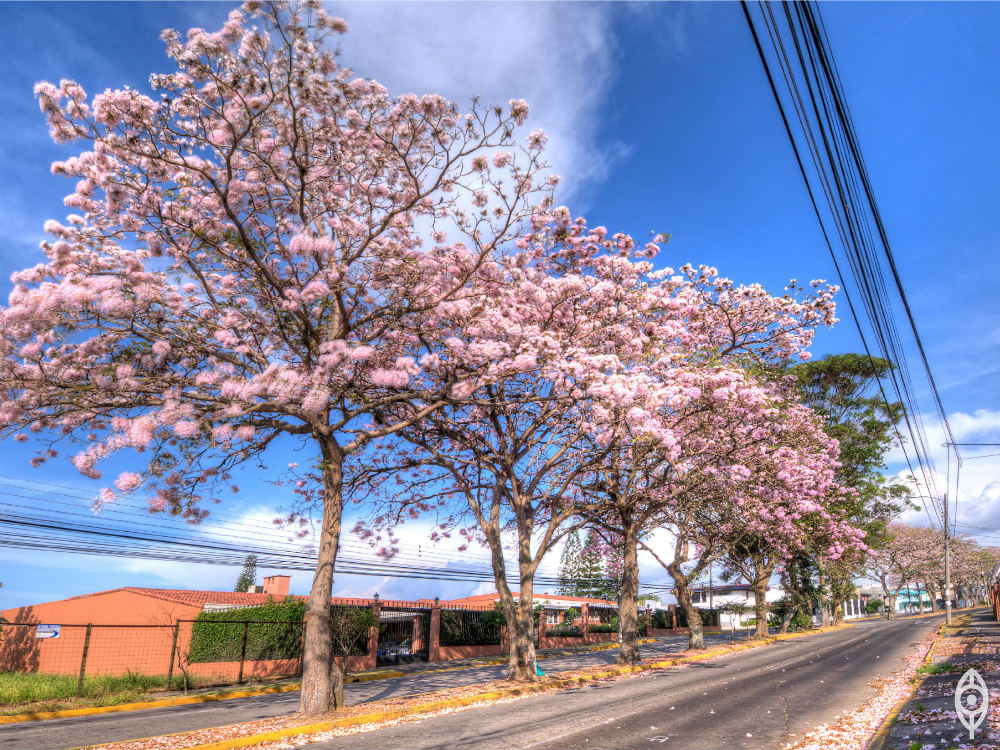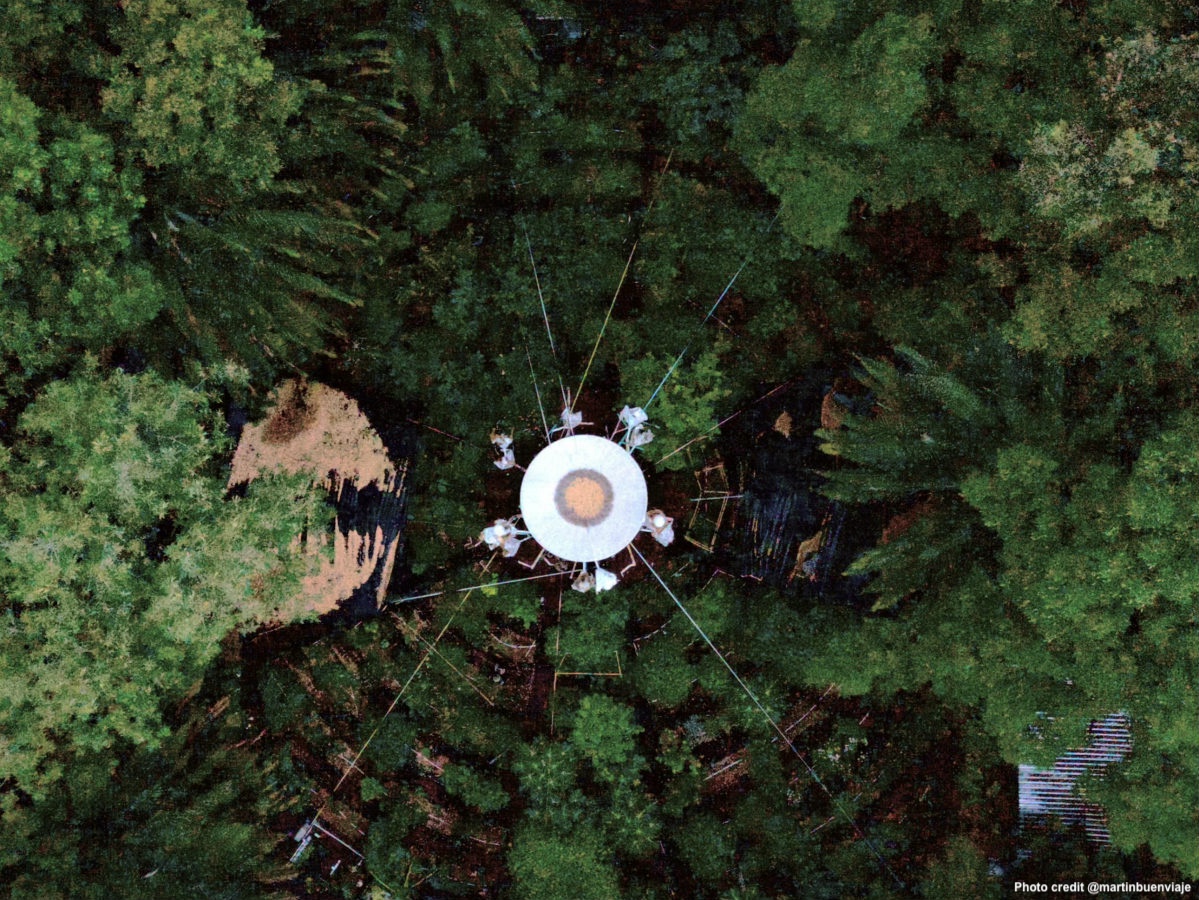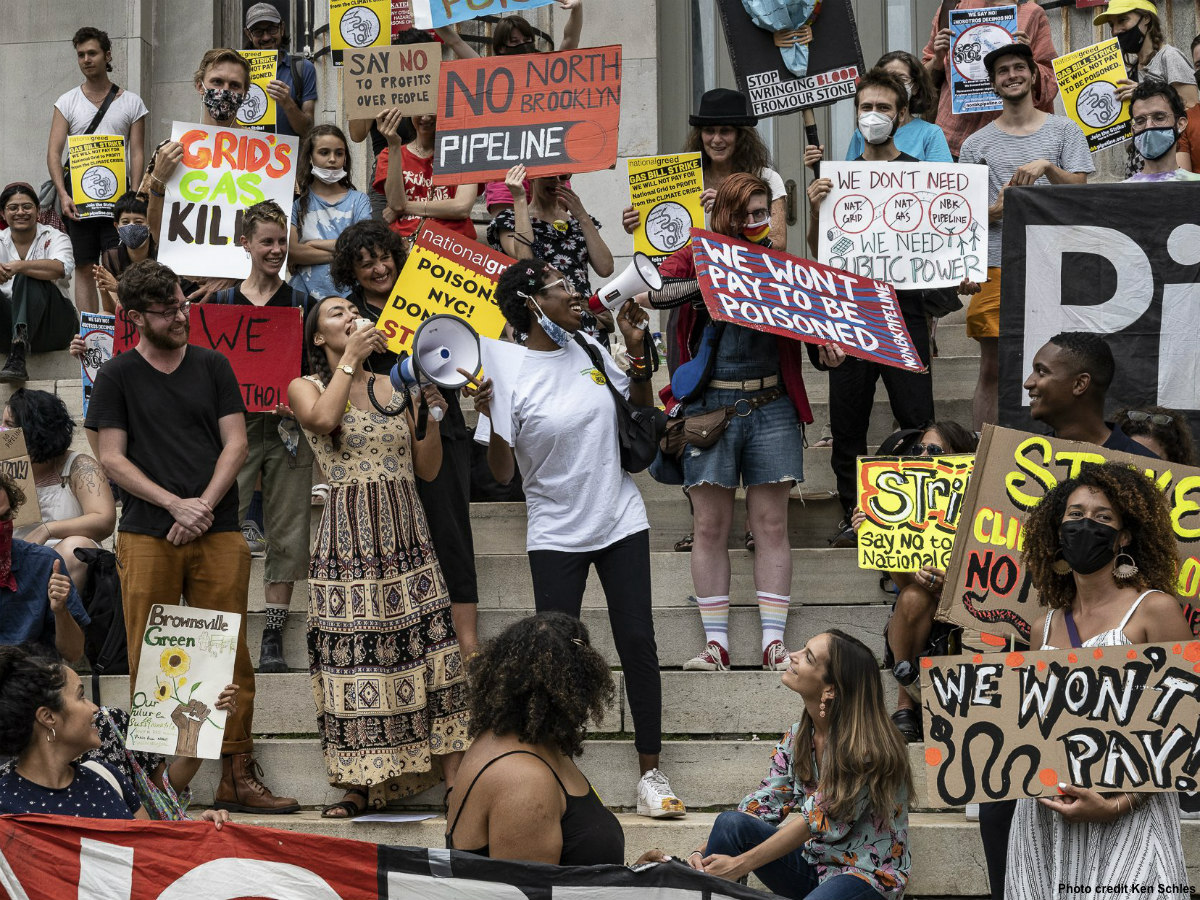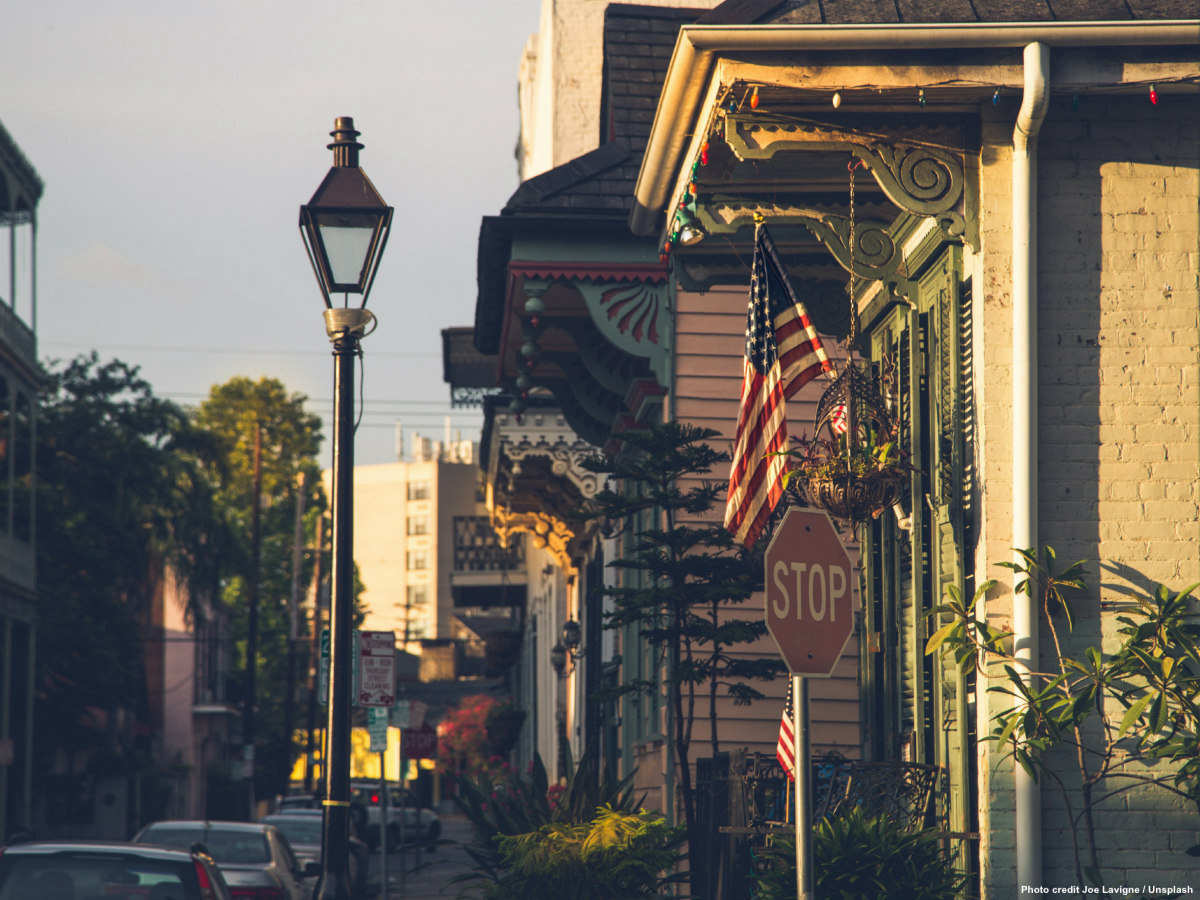Even if we all knew that we, citizens, have been abruptly disconnected from nature, it took a pandemic to reflect on the invisible value of public parks and green spaces in cities. In fact nature is so essential for humans that during or after the Covid-19 lockdown people have been looking for access to greenery in cities for physical and emotional release. In the capital of one of the countries with more diverse nature on earth, the non-profit organization Árboles Mágicos (translated in English, Magical Trees) has been relying on the appreciation of trees in bloom, to reconnect cities with nature and regenerate citizens’ mindset.
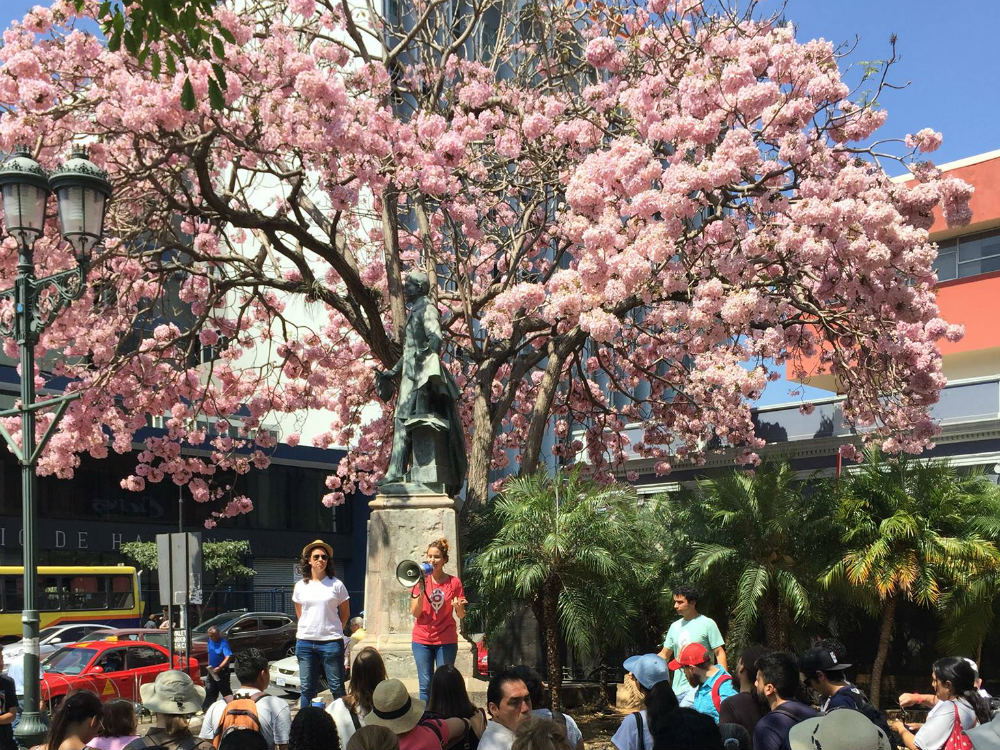
‘In this pandemic trees in cities have shown us their resilience. They have survived in difficult urban conditions. They provide us with the right peace of mind in times of crisis due to their strength and flexibility to adapt’, says Pamela Carazo, managing director of Árboles Mágicos.
But why trees in bloom? According to Giancarlo Pucci’s vision, founder of Árboles Mágicos, the colour of the flowers arouses curiosity urging us to learn from their beauty, in what he calls positive bio-literacy.
Trees in bloom are an invitation to stop, they bring back our attention, pausing to appreciate them, to reconnect with ourselves and finally to reconnect cities with nature.
Árboles Mágicos’ endeavour in the reforestation and regeneration of green areas in San José goes along with this philosophy of mindfulness and bio-literacy having a direct positive impact in the urban environment and people.
Curiosity and bio-literacy, a cultural movement to protect and restore natural places in cities
‘We have planted more than 30 thousand trees of native species thanks to the efforts of more than 2,600 volunteers, most of them in biological corridors. We have also brought the Árboles Mágicos educational module to nearly 5,000 children and youth throughout the country’, explains Pamela Carazo. ‘We are currently developing, together with the Ministry of Education, an interactive bio-literacy platform aimed at teachers in public schools so that they, in turn, provide spaces to reconnect with nature for their students. This project has the potential to impact at least 12,000 children’.
Árboles Mágicos started its journey in 2010 and over the years it has evolved into a cultural movement around nature which, beyond planting trees, generates a cultural change in people towards nature for their own wellbeing and regeneration. Over 36 thousand followers on facebook have become true nature lovers sharing breathtaking pictures of trees in bloom, worth having a look if you need to feed your soul.
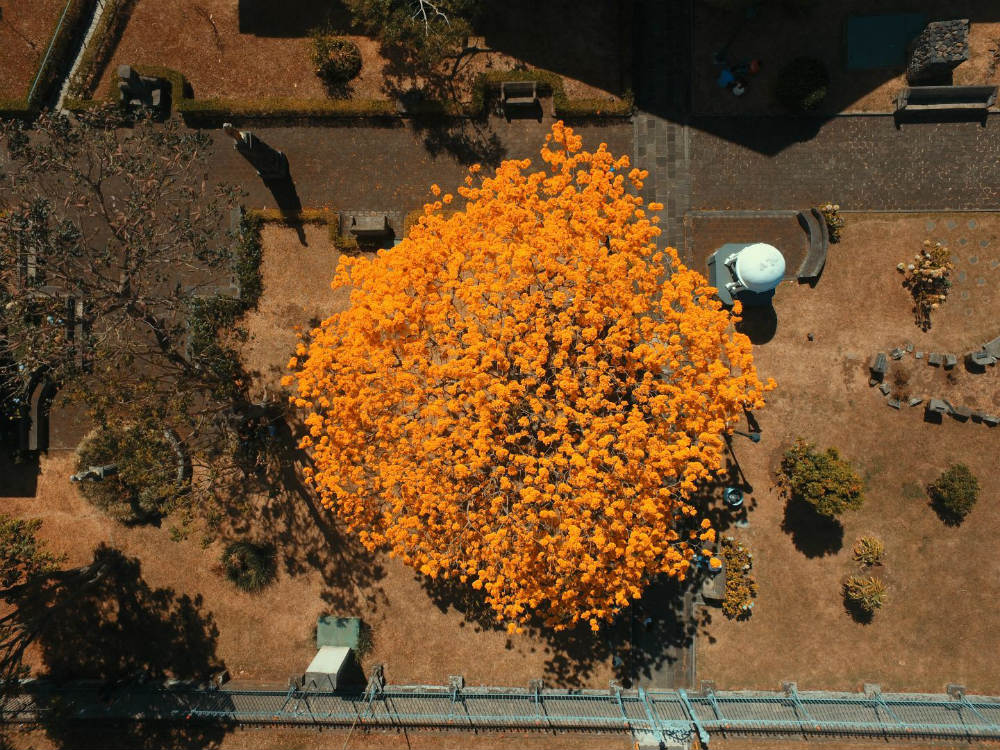
Before founding Árboles Mágicos, Giancarlo Pucci went through a journey of personal regeneration himself. After working long hours in companies and projects which did not necessarily satisfy his personal values and interests, he took a break from his work. At that time he was working on the Pacific coast of Costa Rica, an area where beautiful trees called ‘Cortez amarillos’ bloom yellow.
He started to take pictures of trees in bloom. It was during this process of reflection and through the appreciation of trees when the Árboles Mágicos foundation was born. Giancarlo Pucci published a first book called Árboles Mágicos with a compilation of pictures of trees taken during this period. Surprisingly it turned out to be very successful and the money obtained from the selling of this book went to found the non-profit organization Árboles Mágicos in 2010. It was the first social startup in Costa Rica.
Photography has been one of the pillars to systematize the work of the foundation and an important muscle to transmit its spirit to the public.
Interurban biological corridors: learning to co-exist with biodiversity
Looking at those pictures of leafy and colourful trees it is almost impossible to believe that the city of San José has been experiencing high ecological costs and biodiversity loss due to poorly controlled urban development. The San José metropolitan area is the largest urban agglomeration in Costa Rica. It is home to 2.8 million people and has the highest population density in the country, with a rising trend. Negative effects on the well-being of the urban population due to a lack of green spaces are already noticeable. Climate change is further exacerbating the situation.
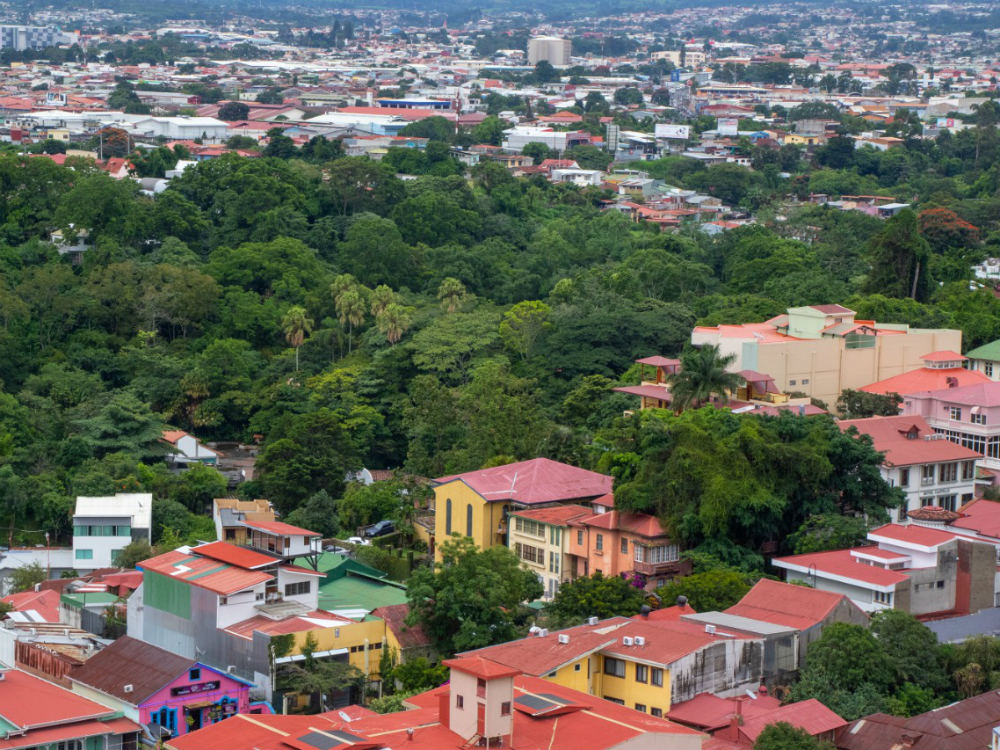
In response to these challenges, Costa Rica has been spearheading the promotion of biodiverse cities with projects like the well-known award winning ‘Ciudad Dulce’ (‘Sweet City’) in Curridabat and the project Biodiver_CITY initiated by The Ministry of Environment and Energy, together with its operational arm, the National System of Conservation Areas and implemented by Deutsche Gesellschaft für Internationale Zusammenarbeit (GIZ) GmbH commissioned by the German Federal Ministry for the Environment.
Conceiving green cities today means more than scheming a park or two and tree-lined avenues but rather bringing nature back in the urban fabric for good. The preservation of biodiversity plays a key role in this venture providing essential benefits for the population.
Since November 2018 the project Biodiver_CITY is implementing interurban biological corridors along major river routes (María Aguilar and Río Torres) in the metropolitan region of San José, which contribute to a better connectivity between natural areas (gallery forests, wetlands urban, charrales) and urban green (parks, green areas, tree-lined streets, gardens, etc.), small in size and isolated from each other. By restoring the green network it guarantees the existence and preservation of biotopes and habitats of endemic species and migratory birds in the metropolitan region to reconnect cities with nature.
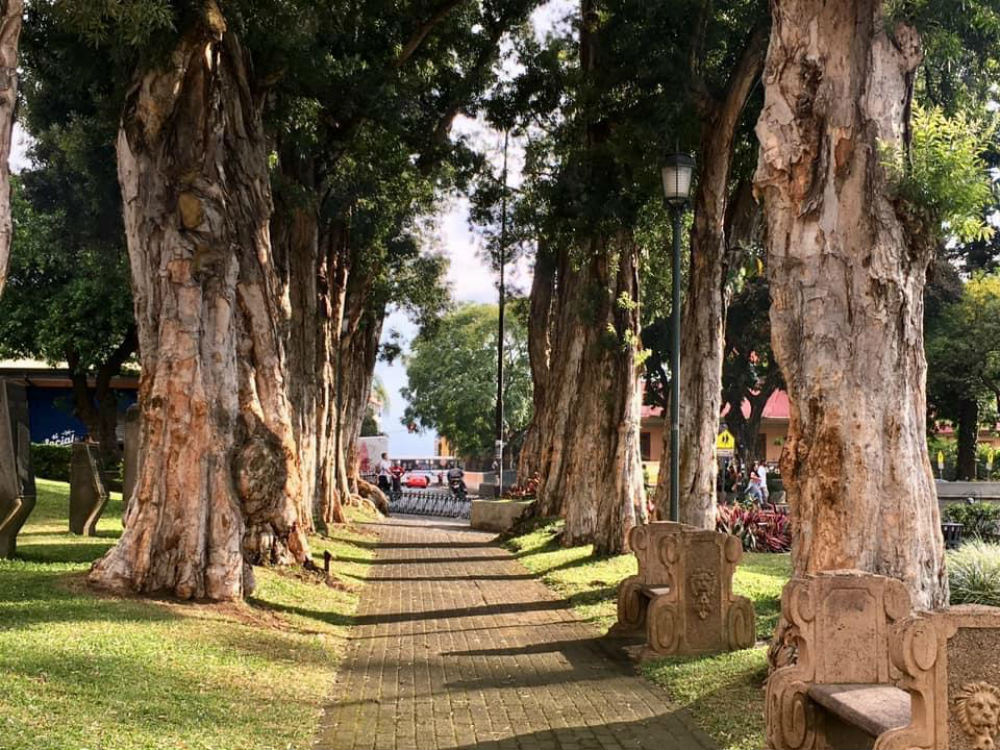
A couple of weeks ago the new CEO of The Nature Conservancy Jennifer Morris wrote on the site’s blog why ‘it’s time for radical collaboration on climate change and biodiversity loss, now more than ever. For tangible, lasting results we need to engage in radical collaboration—across sectors, across beliefs, across knowledge bases’.
The Biodiver_CITY project is a step forward acknowledging that meaningful change can only be achieved by the cooperation of various likeminded public and private initiatives looking to make a systemic change. The involvement of civic initiatives would be a valuable complement to the efforts of big public projects. Other cities around the world are also following this approach.
This week the Green City Fund (Fondo Ciudad Verde) has been launched as part of the Biodiver_City project, which aspires to fund projects, measures and / or actions, which contribute to preserve ecosystem services in the urban context.
‘We are planning to collaborate with the Biodiver_CITY project with an educational program for engineers and at schools and a reforestation program which incorporates our mindfulness philosophy to reconnect people and the city with nature’, explains Pamela Carazo.
Physical and mental health: Biodiverse cities are the healthy cities of the future
Before the outbreak of Covid-19, Árboles Mágicos used to organize, together with the initiative Chepecletas, multiple urban interventions for citizens. They walked through the streets of San Jose contemplating trees in bloom in an attempt to wake up the interest of people to learn more about these trees. People’s intense curiosity has proven to reconnect people and cities with nature and benefit citizen’s mindsets and wellbeing. In time of Covid-19 nature can nurture our mental health and heal the wounds left in our cities.
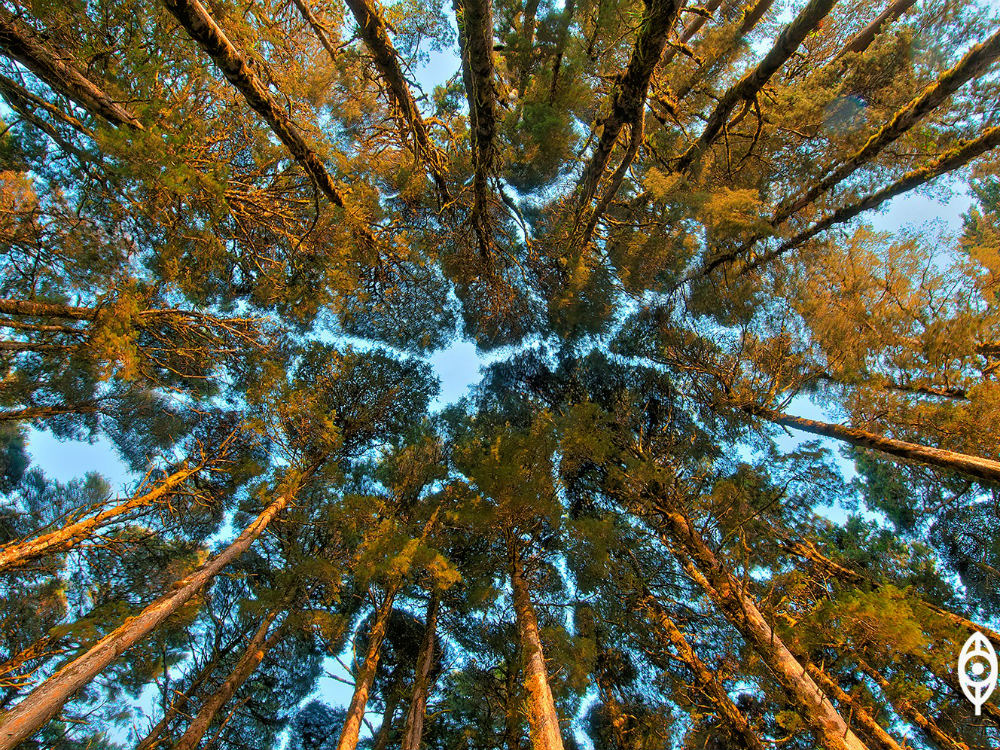
In the past week landmarks in New York like The Empire State Building and Washington Square Park Arch were lit up in green as a tribute to the essential work that park workers were doing to keep parks safe and accessible to people. This action basically acknowledges that public parks are an essential public health infrastructure.
Last Friday the world celebrated the International Day for Biological Diversity supported by the UNBiodiversity agency. Messages coming from people around the world shared their love for nature and showed other humans that saving biodiversity, saving nature, matters.
‘Biodiversity Day may be over, but the message remains: our solutions are in nature for the health of people and the planet’. In San José, Costa Rica, magical trees are holding citizen’s love for nature in high esteem. It is blooming day by day.
